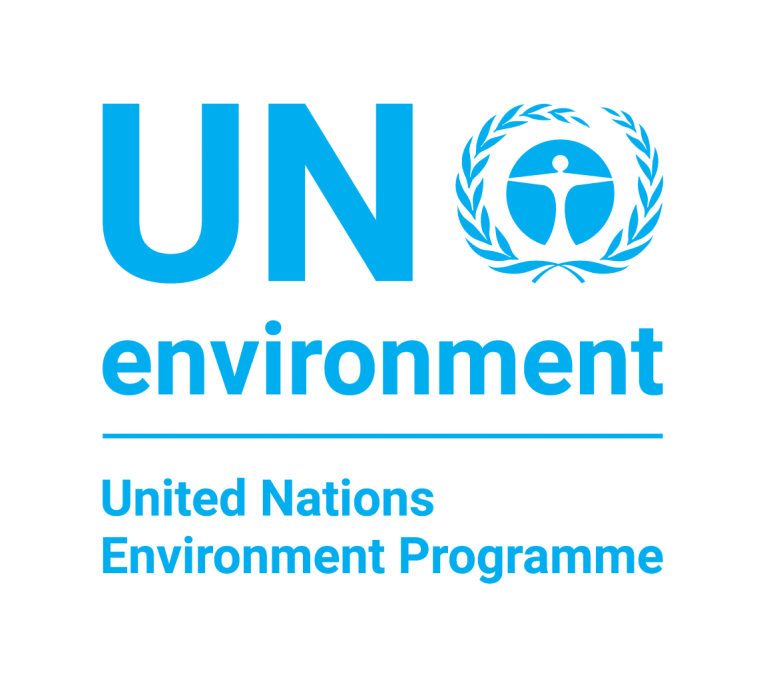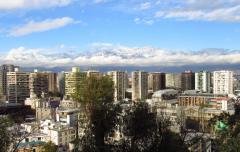District Energy in Cities Initiative
District Energy Systems, a more sustainable way of heating and cooling buildings, have been around for more than 120 years, but they are only now attracting increased interest. From Paris to Singapore and Dubai, more cities are deploying the tried-and-tested technology to reduce their energy use and carbon emissions and boost renewable energy generation. A transition to district energy systems can help cities reduce their primary energy consumption for heating and cooling by up to 50 percent. They also form the central infrastructure for many cities' 100 percent renewables or carbon neutral targets. District energy systems are able to use larger sources of heating and cooling, such as waste heat from power stations, which cannot be connected to a single building. District energy is frequently more cost effective - by up to 50% - than individual heating or cooling production when there is sufficient energy demand density in a neighborhood.
The District Energy in Cities Initiative is a multi-stakeholder partnership coordinated by UN Environment, with financial support from the Global Environment Facility, DANIDA, and the Government of Italy, which supports local and national governments accelerate investment in modern district energy. The partnership is comprised of 38 public and private partners, including industry associations, manufacturers, utilities, financiers, non-government groups, as well as 45 champion cities across the world. The Initiative harnesses this breadth of expertise to support cities and countries build local know-how, strengthen policies, and deliver a project pipeline. Currently 15 cities across 8 countries have committed to implement at least one policy, to pursue one demonstration project, and to track their progress. The initiative delivers technical support, training, and resources to support these actions.



